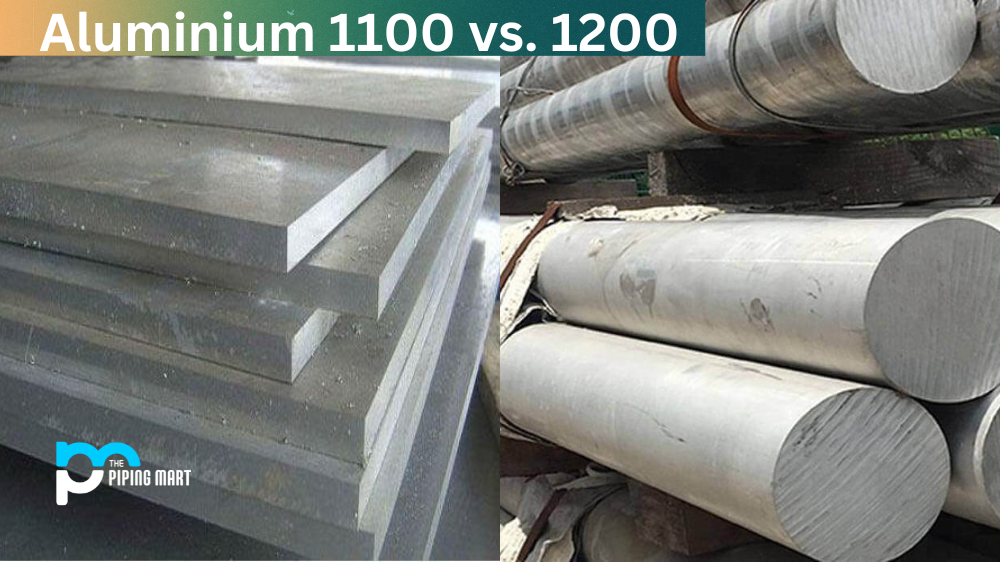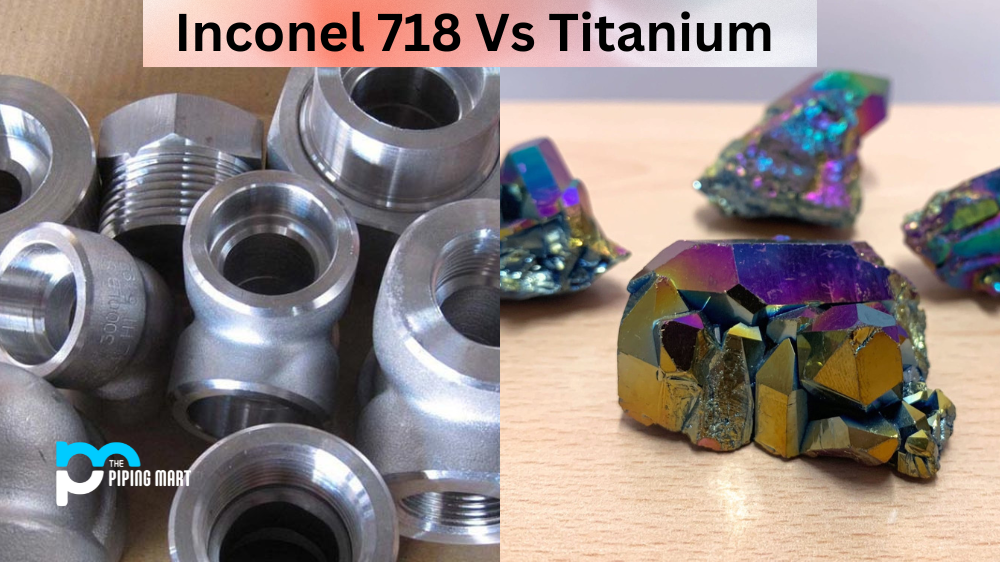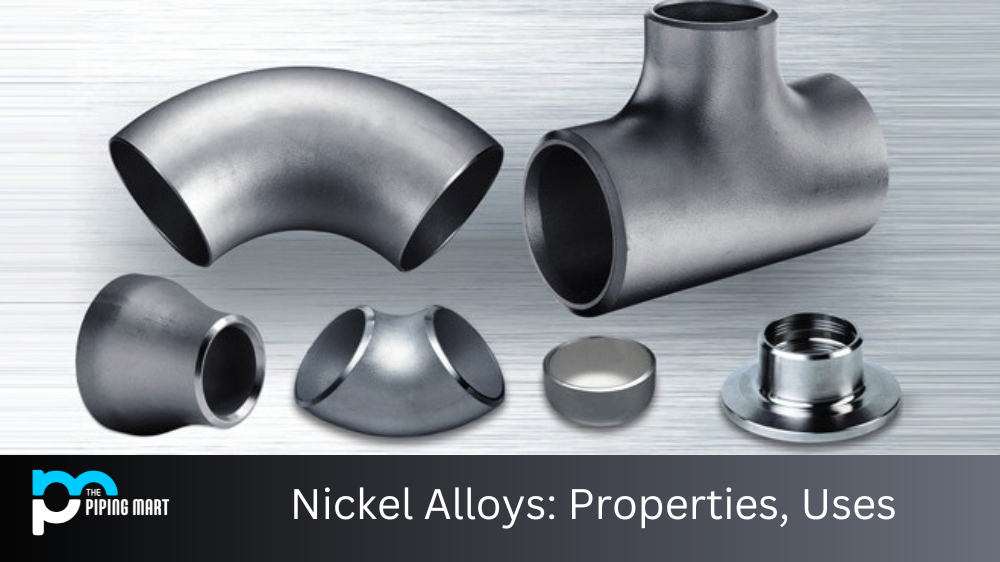Aluminium is a very important element in various industries. There are many different types of aluminum, each with its own unique properties and applications. Two such types of aluminium are 1100 and 1200. In this blog post, we’ll be discussing the differences between these two types of aluminum so that you can make an informed decision about which one best suits your needs.
Aluminium 1100
Aluminium 1100 is a type of commercially pure aluminum that has excellent formability and weldability characteristics. It is soft and malleable, making it easy to shape into whatever form or shape you need it for. It also has good corrosion resistance, making it an ideal choice for indoor projects. Additionally, aluminium 1100 is great for cold working processes such as spinning, deep drawing, and bending since it can be easily formed into complex shapes without compromising its strength or durability.
Aluminium 1200
Aluminium 1200 is another type of commercially pure aluminum which offers some significant advantages over its counterpart (1100). This type of aluminum has exceptional electrical conductivity and thermal conductivity. As a result, it’s often used in the electronics industry for circuit boards and other components that require high levels of electrical conductivity. Furthermore, due to its high thermal conductivity, it can also be used in heat sinks to help dissipate heat away from sensitive components during operation.
Aluminium 1200 also has excellent formability characteristics similar to those found in aluminum 1100; however, it is not as soft or malleable as 1100, so forming complex shapes may prove difficult without compromising the strength or durability of the material itself.
Differences between aluminum 1100 and 1200
Composition
One of the main differences between aluminum 1100 and 1200 is their composition. Aluminium 1100 contains 99% aluminium, while aluminum 1200 contains 99.5% aluminum. The remaining 0.5% of aluminium 1200 is made up of other metals, such as copper, iron, magnesium, manganese, silicon, and zinc.
Properties
The different compositions of aluminium 1100 and 1200 result in different properties for each alloy. Aluminium 1100 is softer and more malleable than aluminum 1200, meaning it can be easily shaped and formed into various shapes. Additionally, aluminum 1100 has a higher electrical conductivity than aluminium 1200, making it ideal for electrical applications. However, aluminium 1200 is stronger and more durable than aluminum 1100, making it better suited for applications where high strength is required.
Uses
Due to their different properties, aluminium 1100 and 1200 are used in different applications. aluminum 1100 is typically used in electrical applications such as busbars and conductive adhesives. It is also often used in food packaging and foil, as well as in construction and architectural applications. Aluminium 1200 is typically used in aircraft construction and automotive parts due to its high strength and durability. It is also often used in food packaging and foil, as well as in construction and architectural applications.
Conclusion:
When deciding between Aluminium 1100 or 1200 for your next project or application, there are several factors to consider, such as formability, weldability, corrosion resistance, electrical conductivity, and thermal conductivity. Each type of aluminium has its own unique set of properties, which can make either one the ideal choice depending on what you need them for. Ultimately though – whichever type of aluminium you end up using – both will provide excellent performance when used correctly!

Meet Bhavesh, a seasoned blogger with a wealth of knowledge and experience. From metal products manufacturing to retail, Bhavesh has a diverse background in various industries and is dedicated to sharing his insights and expertise with readers.




